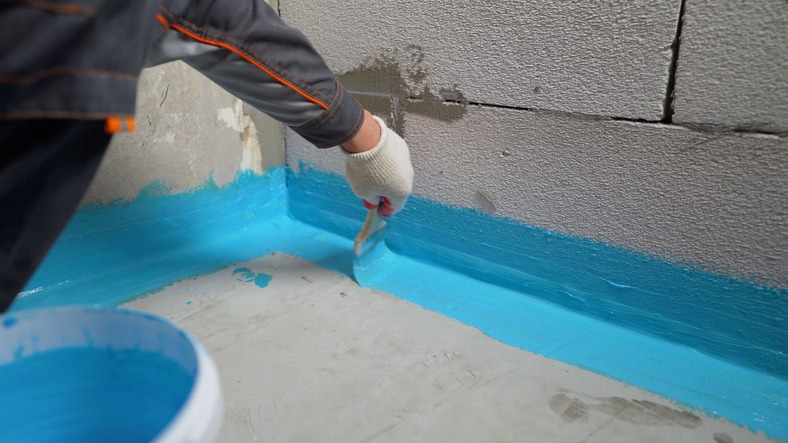Finding the right waterproofing material is vital in protecting your house from significant issues. Waterproofing solidifies your house’s foundations, roof, and walls against water. Of course, your choice of material will depend on the part of your house you will apply for. It is worth noting that not all waterproofing materials are appropriate for all uses.
When choosing waterproofing materials, you must understand in which circumstances they work best and how to use them. Generally, this will help you make the right decision regarding waterproofing your home or building. This article gives a rundown of the most common waterproofing materials.
Ask a professional if you need to learn more about as noted by CAPITAL DECK AND STAIR WATERPROOFING
What Are The Most Popular Waterproofing Materials?
Waterproofing is essential in preventing damage to the foundation, roof, or walls of your house or other structures. If not waterproofed, buildings could easily deteriorate or get damaged. Waterproofing material is suited for walls, basements, roofs, and structural foundations. Here are different waterproofing materials commonly used for that purpose:
1. EPDM Rubber
Ethylene propylene diene monomer (EPDM) is a synthetic rubber resistant to weather, UV, water, and more. It is suitable for various applications such as window & door seals, car doors & windows, and electrical gaskets, to name just a few. EPDM rubber is the finest material for areas where water is best kept out so that it does not interfere with electrical wires or get inside buildings or vehicles.
2. Polyurethane
Polyurethane offers a smooth waterproofing membrane. It can cover all capillary gaps and decrease the water absorbency of concrete. In addition, polyurethane can help harden concrete’s uppermost surface. It is a powerful waterproofing material because it deeply penetrates surfaces. However, the application of polyurethane is best handled by a professional because it poses health risks to humans.
3. Bituminous Membrane
Bituminous membranes are ideal for commercial and residential buildings. Bituminous waterproofing is a mixture of organic liquids, making the material very sticky. Generally, bituminous material is often used for the construction of roofs. Finally, it is viscous and waterproof. One drawback of bituminous membranes is that it is not eco-friendly as it is made from crude oil.
4. Fiberglass
Fiberglass is known for its versatility as a waterproofing material. It is highly resistant to chemicals and won’t rot, accumulate molds, or disintegrate over time. Fiberglass is a rigid material and is more than two times stronger than steel wires. This waterproof material is used for boats, canoes, & kayaks.
5. Cementitious Coating
Cementitious coating is a powdery waterproofing material made of sand, silica-based substances, and inorganic and organic chemicals. When mixed with lime, the active ingredient causes moisture resulting in a seal that’s waterproof.
Contractors like Bayset waterproofing supplies prefer cementitious coating because it is easy to use. However, it lacks the flexibility of other waterproofing materials.
6. Polyvinyl Chloride (PVC)
PVC is most commonly used for waterproofing roofs. Its biggest advantage is that it is water resistant, so you are sure it will keep the water out. It uses a reinforcing base usually made of glass fiber or polyester mesh. In addition, it is very easy to install and has a longer service life than other materials.
Conclusion
When it comes to waterproofing materials, it is worth noting that not all of them are equal. Do your research to find the best waterproof material for your home.

